
"Beijing snacks used to be sold at stalls on the street. But they distinguish themselves from snacks in other places in China because they have diverse ethnic origins such as the Mongolian, Manchu and Hui cultures, and many are derived from imperial foods," Yang said.
"Beijing snacks have a history dating back to the Yuan Dynasty (1271-1368), when in its early days chefs often learned other food styles before forming the final recipes, which makes the food popular among people from all walks of life."
Nearly 15 vendors operate in the Nine Gates Snack Restaurant as co-partners, selling freshly made foods from small stalls. Customers can eat at tables in a public area or in separate dining rooms.
It is easy to find an elderly person at a stall making the food or instructing others how to do it. They are the inheritors of Beijing brands - about 12 vendors have a brand name that dates back to Qing Dynasty (1644-1911).
Li Yue, about 50 years old, is the inheritor of the Chatang Li brand founded in 1858.
Chatang, or fried flour tea, is essentially fried flour. Made with hot water and different seasoning, such as sweet-scented osmanthus, and sugar, chatang makes a delicious bowl of soup. The fried flour can be substituted with water chestnut powder or lotus root powder.
Li said he pays great attention to quality, noting all the ingredients Changyang Li uses are sourced from special providers.
Apart from a stall in Nine Gates, Li also owns a restaurant selling chatang and other Beijing food in the Hepingli area not far from Yonghe Lama Temple.
Li learned to make chatang from his father in the early 1980s. He still follows the family's secret recipe, but has made innovations to present the traditional flavor in a modern way.
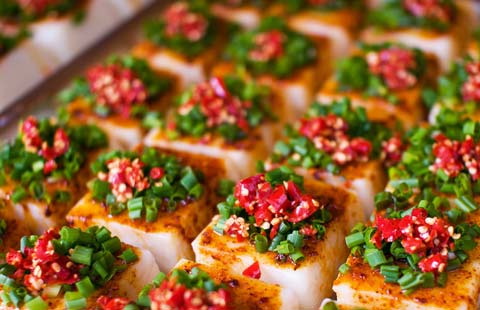
China's top 10 foodie cities |
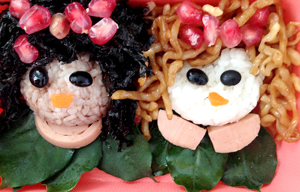
Cute boxed meals |
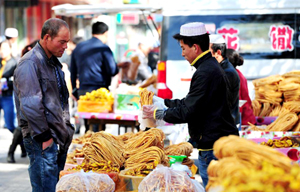
Muslims greet annual festival of Eid al-Adha in Yinchuan |
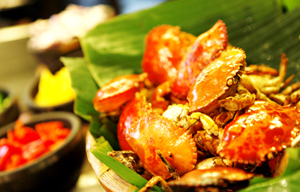
Cafe Noir hosts Singapore food festival |
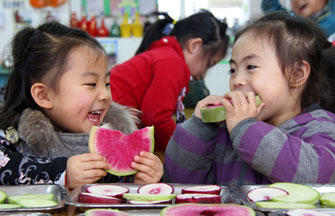
Biting the spring |
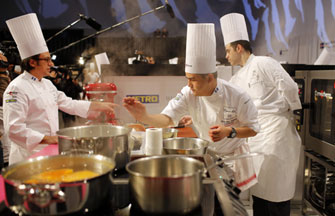
Bocuse d'Or Final gastronomic competition in France |
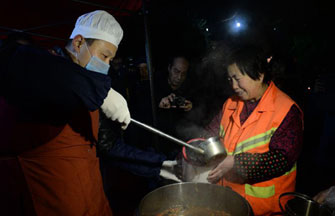
Temples in Xi'an distribute free Laba porridge |
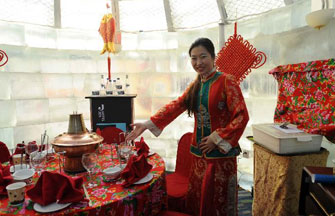
Ice house restaurant opens to public in Shenyang |